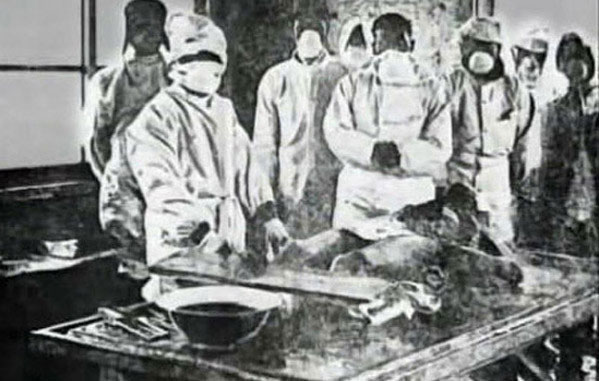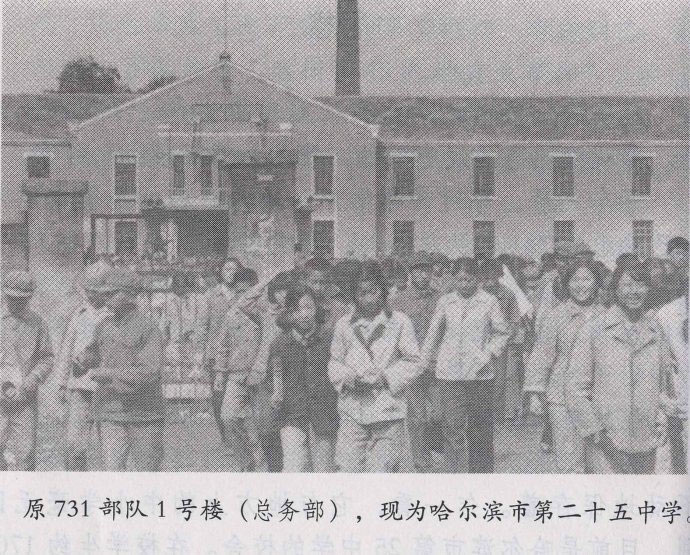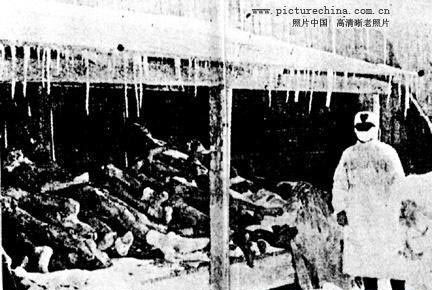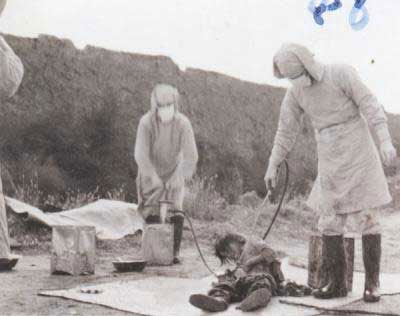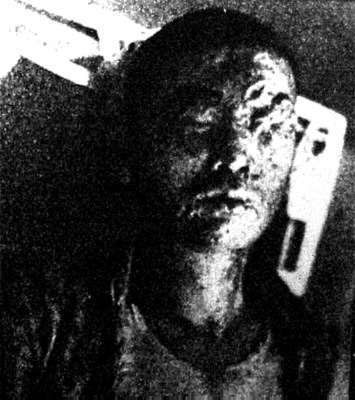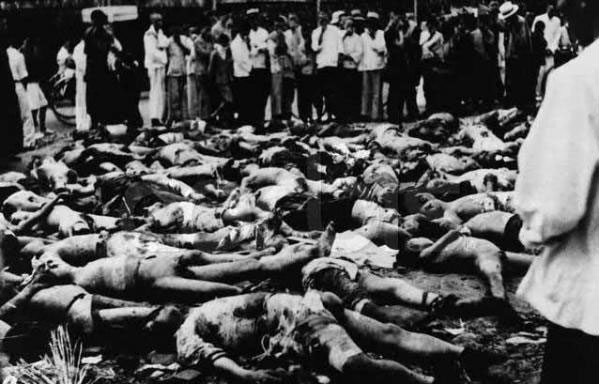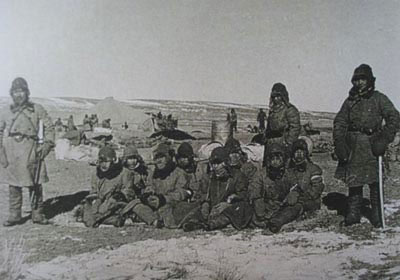
1934: Prison Break
In August 1934, prisoners were given a ration of special foods on the occasion of the traditional summer festival. A prisoner managed to overpower the guard, free fellow prisoners and climb outside the walls. Most did not survive the escape attempt but a brave 16 managed to get away.
Word spread about the ongoing crimes against humanity at Zhongma, forcing military authorities to close down Zhongma Fortress as secrecy had been jeopardized.
Surgeon General Shiro Ishii's operation was transferred to a new, and larger, site closer to Harbin called Pingfang.
This new site is what has come to be known as Unit 731.
1936
Emperor Hirohito (reigning from 1926-1989 as a monarch in Japan) authorised the expansion of Unit 731. The unit was split up into two parts, Ishii (in Pingfang) and Wakamatsu (in Hsinking).
From August 1940, the units were collectively labelled as the "Epidemic Prevention and Water Purification Department of the Kwantung Army".
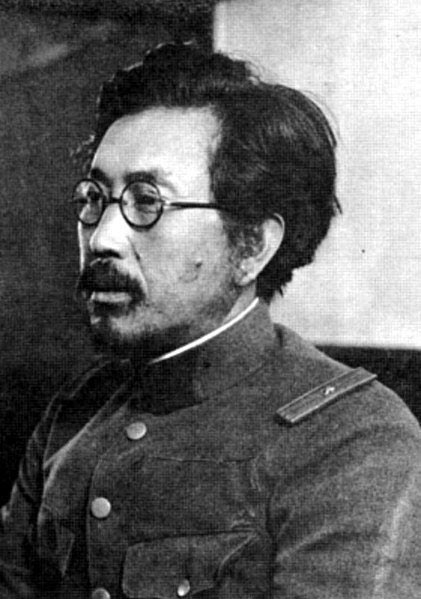
Surgeon General Shiro Ishii
The Atrocities
At Unit 731, victims were subjected to constant experimentation, including disease injections of syphilis and gonorrhoea. Outright inhumane abuse such as rape and forced pregnancy became normalised.
Human vivisection, performing surgery and medical operations for experimental purposes on humans, was often performed without anesthesia, making it deadly. Invasive surgery (mostly involving the removal of organs), limb amputation, and plague infection were regularly carried out to test the human body amongst the most extreme medical parameters.
‟ Some of the experiments had nothing to do with advancing the capability of germ warfare, or of medicine. There is such a thing as professional curiosity...That was just playing around. Professional people, too, like to play. ”
